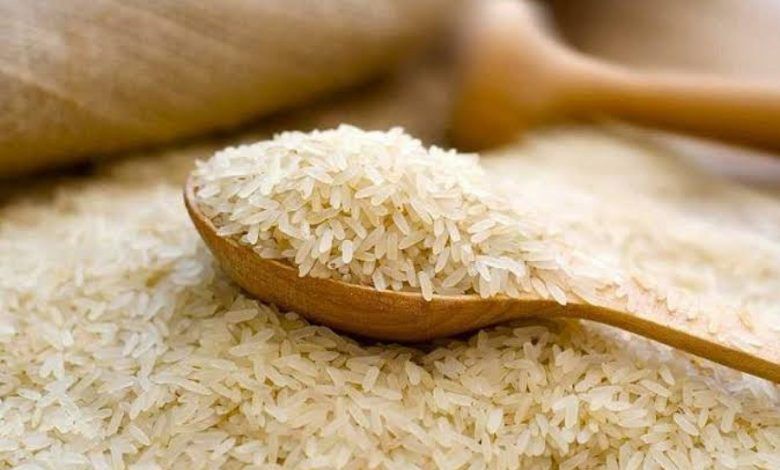Tags
India may stand to gain $1 billion revenue from rice exports
Global market gets attuned to 20% duty on shipments of non-basmati whites

Non-basmati rice exports during the April-February period of the 2022-23 fiscal were up nearly three per cent at 16.09 million tonnes (mt), but the shipments were lower in February by nearly six per cent.
But the underlying fact is that the Indian government stands to gain good revenue to the tune of a billion dollars in view of the export duty on the shipments as the global market has accepted the duty, besides India’s market share remaining intact.
According to data from the Agricultural and Processed Food Products Export Development Authority (APEDA), exports in the first 11 months of the 2022–23 fiscal were up compared with the 15.64 mt shipped out in the same period of 2021–22. In terms of value, exports fetched $5.72 billion, against $5.56 billion in the year-ago period.

Two factors to consider
However, there are two factors to consider in the data, exporters and traders say. One, shipments seemed to have been dragged a tad since September 2022 due to the Centre announcing export curbs, including imposing a 20 per cent duty on non-basmati consignments and banning fully broken rice shipments.
For example, exports in February were 1.53 lakh tonnes (lt) compared with 1.63 lt in the year-ago period. But earnings were higher at $563.88 million against $552.02 million.
The second factor is that India holds on to its leadership in the market, with importers absorbing the duty hike.
“India will get an additional billion dollar revenue from the exports by imposing duty. With the country enjoying 45 per cent market share, the global rice market has absorbed the impact of the Indian duty,” said BV Krishna Rao, President, The Rice Exporters Association (TREA).
In terms of rupee, rice exports should now be able to fetch the Indian government ₹8,000 crore, he said.
Demand still strong
According to available data, rice exports region-wise in the April-February period of 2022–23 were mixed. Shipments to Bangladesh, Nepal, and South-East Asia dropped. But exports to Africa, the European Union, the Americas, and Gulf countries increased.
According to the Foreign Agricultural Service (FAS) New Delhi Post of the US Department of Agriculture, despite Indian imposing curbs on exports, demand for Indian rice in the global market remains strong. “Global rice prices have risen to absorb the export tax,” it said.
The USDA’s FAS Post said Indian domestic supplies are forecast to be ample and the government is unlikely to impose additional export restrictions in the near term.
No problem till kharif
At the same time, the Government will be reluctant to relax existing restrictions out of fears of food inflation. “While India’s export restrictions have not dampened export demand, they have generated an additional source of tax revenue for the government,” it said.
Rao said rice exports should have no problem until November-December this year, before the new crop from competing nations such as Thailand, Vietnam, and Pakistan enter the market.
“Pakistan might not face the problems it faced last year due to its worst flood in 61 years. Our kharif could be arriving by then. The Centre can review its export curbs based on market conditions then,” he said.
Though the Centre has banned exports of fully broken rice, it is permitting its shipments on a case-by-case basis. Recently, it permitted 3.5 lakh tonnes of consignments to Gambia and Senegal based on the Ministry of External Affairs’ recommendations.
Improving competitiveness
“We have to see if there is a shift to white rice in a small way or other alternative before reviewing the decision on duty. But we are still improving our hold on the market despite the duty,” Rao said.
The USDA’s FAS Post sees the export duty on Indian rice exports continuing in the near future.
Meanwhile, India’s competitiveness in the global market has improved again over Vietnam, Thailand, and Pakistan. From being competitive by around $10 a tonne a month ago, it has improved by over $25 now. The competitiveness has improved as Indian prices have been lowered, while countries such as Vietnam and Thailand have raised their offer rates. (See table)
Rice exports are likely to be boosted by projections of a record high production of 130.83 mt this crop year, despite kharif output being affected due to a deficient monsoon in eastern parts of the country.
https://www.thehindubusinessline.com/economy/agri-business/india-may-stand-to-gain-1-billion-revenue-from-rice-exports/article66721129.ecePublished Date: April 12, 2023







